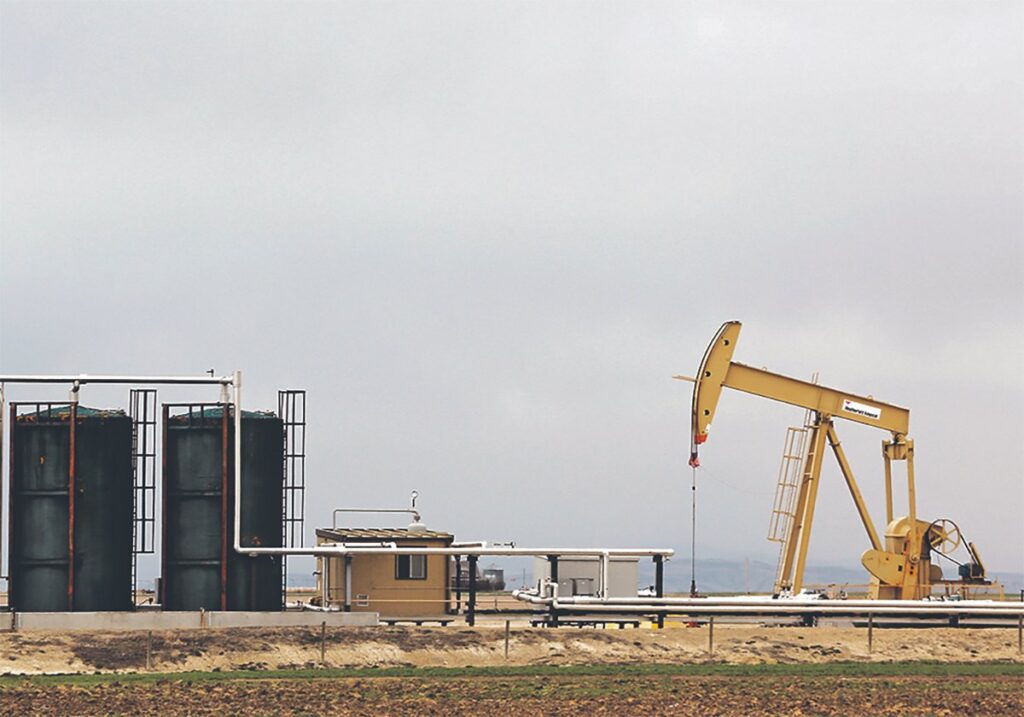Crude oil prices are warning for global economy

Crude oil is king of the commodity markets and usually is a very good indicator of where the economy is headed.
However, news from the crude oil market has not been good lately, either for the commodities or for the future of the global economy.
Nearby crude oil futures are trading below US$60 per barrel and are currently at the lowest level in more than four years. This negative sentiment is bound to impact the flow of funds into agricultural commodities.
Read Also


India urged to bring back pea tariff
India’s pulse trade is pushing for the government to implement a large tariff on imported yellow peas.
Pressure in the oil market comes from two main factors.
One is the expectation that the global economy will slow in the coming months due to the punitive U.S. tariff regime. Markets expect a slowing economy, if not a recession, later this year. The slowing economy is expected to hurt demand for crude oil.
The other factor is an increase in production quotas for OPEC+, which were announced May 3. The group raised its collective output by 411,000 barrels per day.
The magnitude of the production increase was a surprise because the market expected an increase of 125,000 to 150,000 barrels per day. This increase in crude oil output is causing significant market pressure in crude oil futures.
The reasons for this move by OPEC+ seem to be multi-faceted, but lower crude oil prices are going to reduce energy prices around the globe.
For a major oil exporter like Canada, this certainly will impact the economy of Western Canada and Newfoundland and Labrador.
When you look at the impact on agriculture, the drop in crude oil is a mixed blessing.
On the positive side of the ledger is that the drop in crude oil prices is helping to bring down diesel prices in Canada.
The wholesale diesel price average in Canada has dropped by 16.5 cents per litre from the recent peak in January. The drop pushed average diesel prices to $1.041 per litre.
Wholesale diesel prices in the West are even cheaper, with most locations reporting weekly averages below the $1 per litre mark.
One factor influencing diesel prices is an increase in U.S. inventories to 107.8 million barrels for the week ending April 25.
Despite the increase in diesel inventories, the level of stocks in the United States is still at more than five-year lows for this time of year. The tight stocks should prevent North American diesel prices from dropping dramatically in the coming months.
The negative impact of the drop in crude oil prices is far subtler.
The drop in crude oil prices will certainly hurt the biofuel sector. Low prices discourage blending of biofuel and slow demand for vegetable oil and ethanol.
In countries that have blending mandates, de-mand will not be impacted dramatically. This means that the drop in demand will be gradual over the coming months.
The bottom line is that agriculture prices will be hurt by the lower crude oil prices.
The net benefit of lower crude oil prices will be positive for western Canadian farmers, but there will be a negative impact on commodity prices. The impact of lower crude oil prices will not be as large as growing season weather, tariffs and other issues that confront the agricultural commodity market.
Source: producer.com


